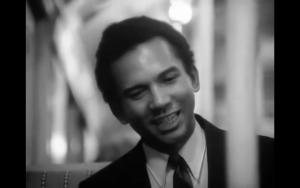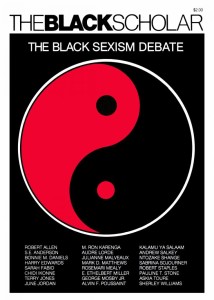http://prezi.com/4jn9gerobtdh/?utm_campaign=share&utm_medium=copy
By: Gabrielle Smith
This weeks readings put Michelle Wallace’s Black Macho and the Myth of the Black Superwoman and Larry Neale’s The Black Arts Movement in contact with each other. Some of the quotes I found the most interesting from Black Macho were:
“Ever since then it has really baffled me to hear black men say that black women have no time for feminism because being black comes first.” pg. 20
“But what he really wants was to be a man.” pg. 30
“Some black women are beginning to be honest with themselves about seeing themselves as victims rather than superwomen.” pg. 174
One theme that Michelle Wallace and Larry Neal carried throughout both works relates to race relations. Detailing the impact that white/black women had on white/black men and vice versa. In showing Amiri Baraka’s The Dutchman in class I aimed to highlight the interaction between Clay and Lola. Brining into the conversation about black and white America that Neal reminds us exist. Thinking about race relations allows us to connect the dots as to why black women have acquired this identity for being the “superwomen.”

Speaking of black superwomen Storm is one of the most famous. This character was created by Marvel Comics in 1975. Storm first appeared in Giant-Size X-man #1. Storm has the ability to control the weather and she can fly. She eventually got married to her fellow superhero Black Panther. I can’t help but wonder if the Black Arts Movement has any influence of Storm’s characterization. O yeah, also, she was raised Harlem.




